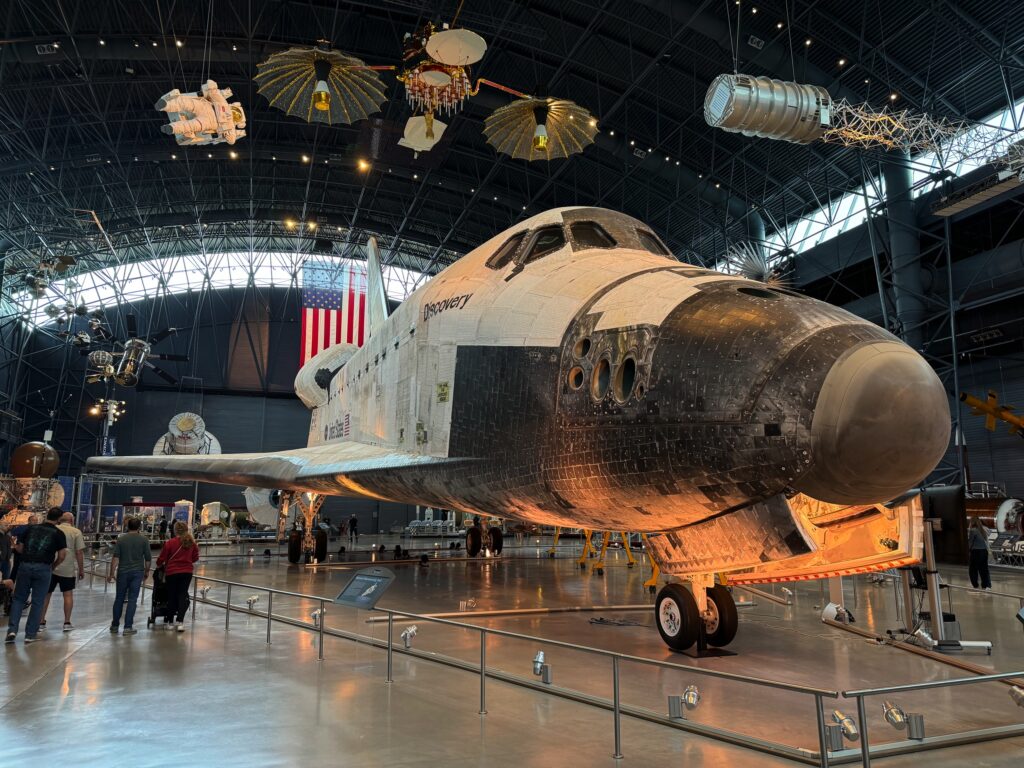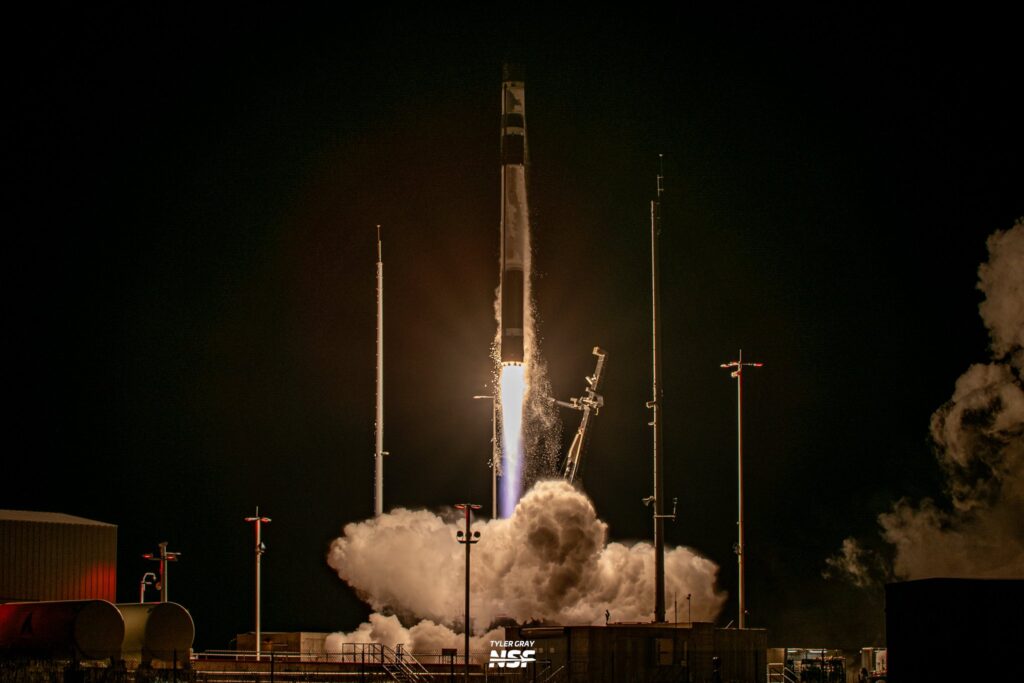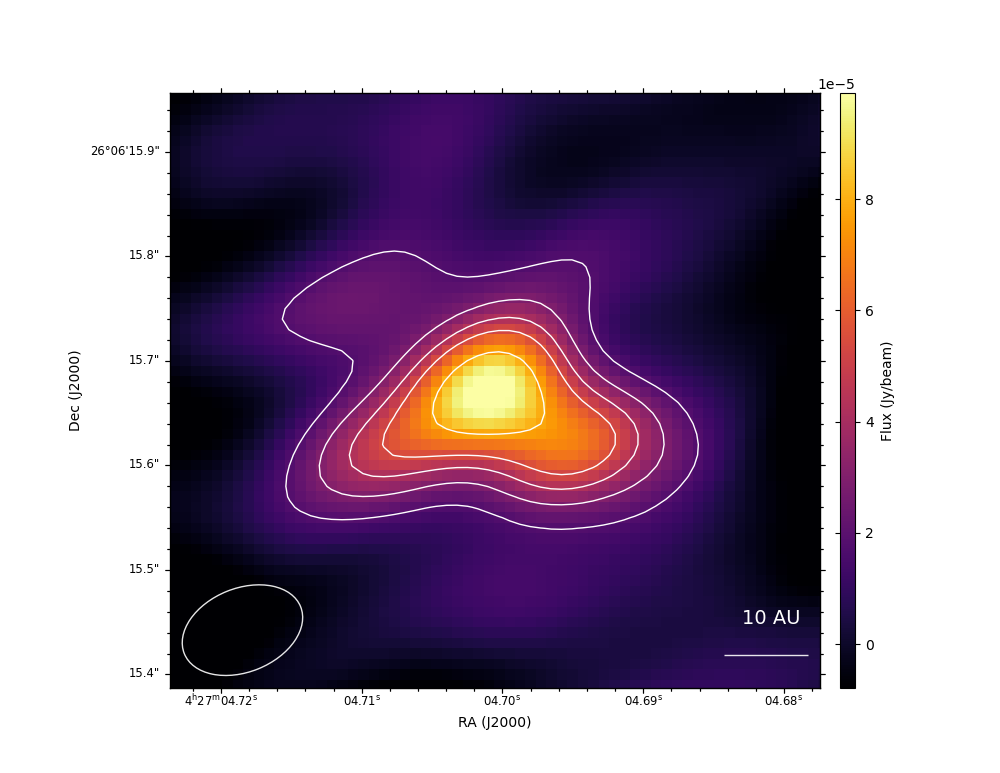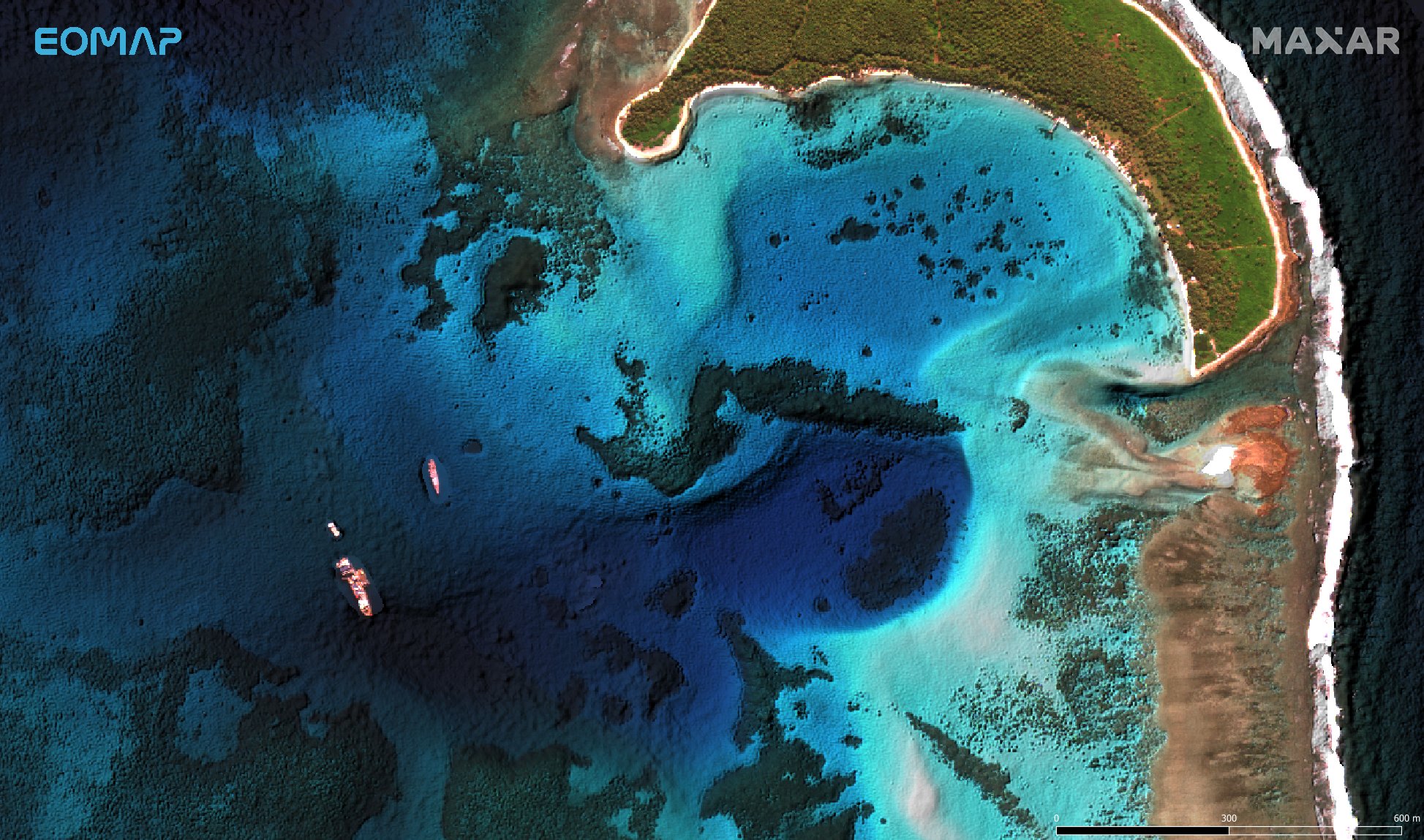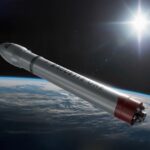Now Reading: Parker Solar Probe Advances Solar Science with Unprecedented Insights
-
01
Parker Solar Probe Advances Solar Science with Unprecedented Insights
Parker Solar Probe Advances Solar Science with Unprecedented Insights
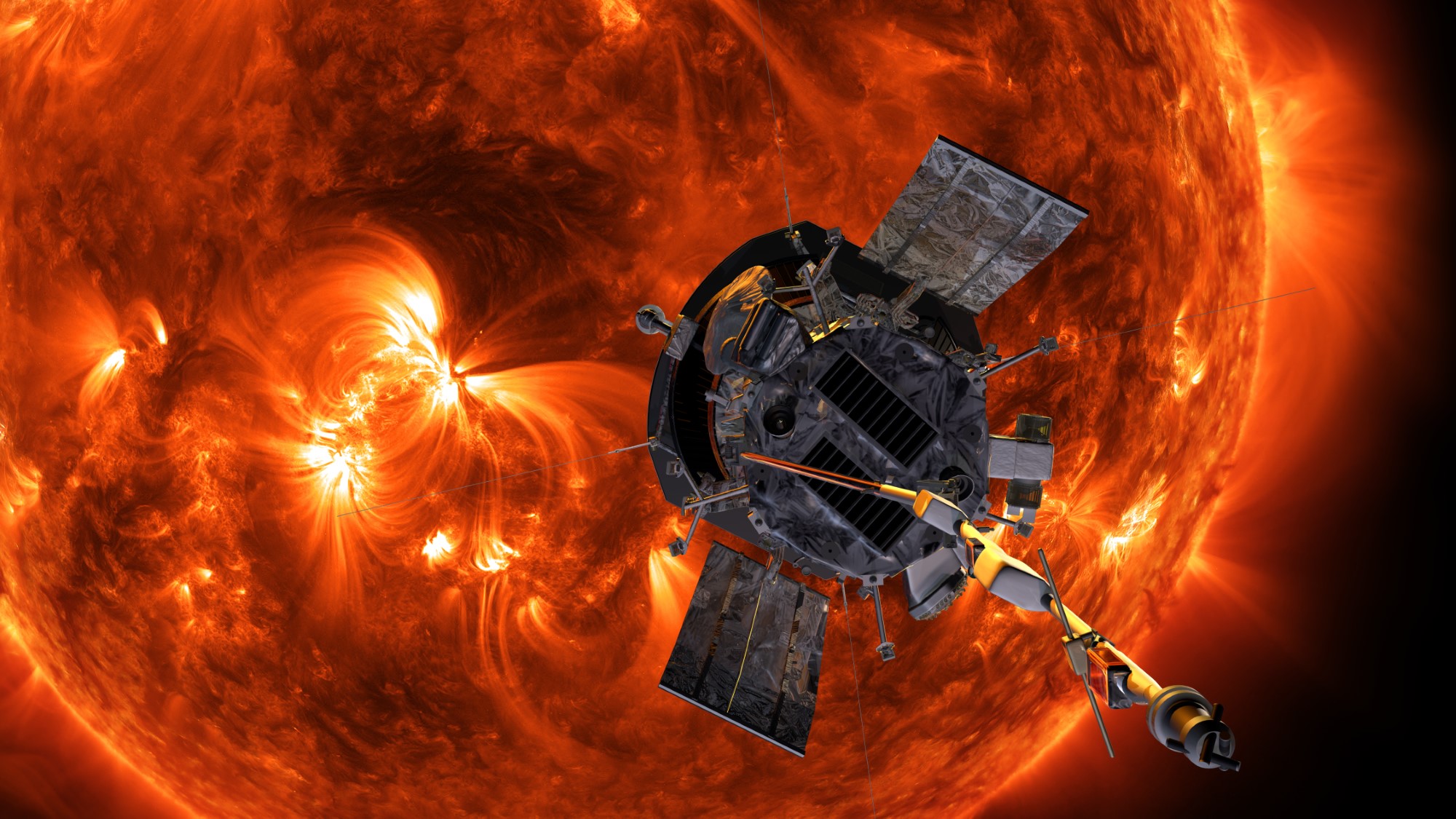

NASA’s Parker Solar Probe has made remarkable strides in solar science, bringing us closer than ever to understanding our star. The spacecraft has captured stunning visuals of the Sun’s atmosphere during its recent perihelion passes, illuminating the dynamic and often tumultuous environment of our closest celestial neighbor. Among the highlights are the striking images collected by its Wide-Field Imager for Solar Probe (WISPR) instrument, showcasing coronal mass ejections (CMEs) in unprecedented detail. These images are not merely artistic representations; they are vital observations that enhance our comprehension of solar phenomena and their implications for space weather.
The latest data from the Parker Solar Probe unveils incredible bursts of plasma, which are expelled from the Sun during CMEs. These eruptions are significant, as they represent the moments when charged particles accelerate into space, impacting space weather as they travel towards Earth. Nicky Fox, associate administrator for NASA’s Science Mission Directorate, emphasized the importance of this work, stating, “We are witnessing where space weather threats to Earth begin, with our eyes, not just with models.” This immediate observation marks a revolutionary shift in how we predict and prepare for potential space weather events that can disrupt satellites, affect astronauts, and interfere with communication systems on Earth.
One of the standout features from the recent imaging is the observation of how these CMEs interact, as explained by WISPR scientist Angelos Vourlidas. He stated, “In these images, we’re seeing the CMEs basically piling up on top of one another.” This interaction offers insights into how CMEs can merge and affect the surrounding solar plasma, which is important for understanding space weather dynamics. These observations will ultimately aid in improving the accuracy of space weather forecasts, providing critical information for protecting our technology and astronauts.
As Parker Solar Probe continues to gather data, it has also captured the heliospheric current sheet, a boundary where the Sun’s magnetic field transitions direction and interacts with solar wind. This interaction results in varying intensities of space weather that can have profound effects on Earth’s magnetosphere. The closer the probe gets, the more detailed its observations become, offering unprecedented access to the complexities of solar activity.
Breaking records, the Parker Solar Probe approached the Sun at a distance of just 6.2 million kilometers, setting new benchmarks for solar exploration. At these incredible distances, the spacecraft traverses the Sun’s atmosphere, or corona, traveling faster than any human-made object before it, reaching speeds of 687,000 kilometers per hour. This remarkable achievement is a testament to the innovative engineering and mission planning that has gone into the Parker Solar Probe, which has performed multiple perihelion passes since its launch in 2018.
The probe’s suite of scientific instruments—including FIELDS, IS☉IS, and SWEAP—has allowed for a comprehensive study of the solar wind, revealing the complexities within this continuous flow of charged particles. Recent findings reveal that the slow solar wind exists in two distinct varieties: Alfvénic and non-Alfvénic. The distinction between these types, with Alfvénic wind originating from cool coronal holes and non-Alfvénic from active region loops, offers critical data necessary for understanding how solar particles escape the Sun’s gravitational grip.
As the Parker Solar Probe concludes its primary mission-related perihelion observations, its future continues to shine brightly. With an extended mission that will focus on ongoing research in the face of a changing solar cycle, the probe is poised to gather even more data about solar dynamics as the Sun transitions through its 11-year cycle of activity. The spacecraft remains healthy, and its instruments are primed for continued exploration.
As the Parker Solar Probe transitions into the next phase of its mission, the excitement within the scientific community is palpable. The spacecraft has successfully completed its primary mission, characterized by groundbreaking close encounters with the Sun. Now, the focus shifts to ongoing research and an extended mission that promises to unveil even more secrets held by our star.
The probe’s current orbit allows it to continue its critical scientific endeavors. Scheduled to perform its next perihelion on September 15, 2025, Parker Solar Probe will once again plunge into the Sun’s corona, gathering essential data that could redefine our understanding of solar activity. This extended mission presents an extraordinary opportunity to observe the Sun as it enters the declining phase of its 11-year solar cycle. As this phase often brings about increased solar phenomena, the data collected could prove invaluable in predicting and mitigating the effects of solar activity on Earth.
NASA has allocated a budget of $15 million USD annually through 2030 for the mission’s continued operation, a decision that underscores the agency’s commitment to solar research despite the prevailing turbulence in its science budget. This funding enables the Parker Solar Probe to sustain its operations, ensuring that it remains at the forefront of solar science, even as financial resources become constrained.
NASA’s program scientist for Parker Solar Probe, Arik Posner, confidently stated, “Parker Solar Probe remains in excellent health, with both the spacecraft and its instruments ready to continue their groundbreaking mission.” This readiness especially important, as the probe’s instruments—including the FIELDS, IS☉IS, and SWEAP—are poised to further examine the intricate behaviors of solar wind, particularly during the dynamic phases of a declining solar cycle.
One of the most promising areas of research that will continue is the investigation of coronal mass ejections (CMEs) and their relation to space weather. Understanding these solar phenomena is critical not only for forecasting potential disruptions to Earth’s technology but also for protecting astronauts venturing beyond our planet. The interaction between CMEs and Earth’s magnetic field can lead to geomagnetic storms, which are capable of knocking out power grids and causing significant disruptions to satellite operations.
Furthermore, the Parker Solar Probe’s work in collaboration with the European Space Agency’s Solar Orbiter enhances the mission’s potential. These two missions, equipped with complementary instruments, offer a unique perspective on solar phenomena. By coordinating the observational capabilities of both spacecraft, scientists can achieve a more comprehensive view of the Sun’s dynamics, particularly during events such as solar flares and CMEs. This synergy promises to enrich our knowledge of solar wind, particularly how it varies both spatially and temporally.
As Parker Solar Probe advances into this new chapter, researchers are particularly interested in the implications of the probe’s accumulated data on our existing models of solar and space weather dynamics. The groundbreaking discoveries made thus far, including the distinctions between various types of solar wind, will guide scientists in refining their models to better predict solar activity and its effects on the heliosphere.
The coming years may witness further revelations about the Sun’s atmosphere and its impact on the solar system. Parker Solar Probe’s research is crucial—not only for enhancing space weather forecasting but also for understanding the fundamental processes governing stellar behaviours. With its innovative design and state-of-the-art instruments, the probe is set to delve deeper into the cosmic ballet of the Sun, giving us clues about its past, present, and future. The revelations that emerge from this mission could guide humanity’s interactions with space, underpinning the safety measures necessary in an increasingly technology-reliant society.
Stay Informed With the Latest & Most Important News
Previous Post
Next Post
-
 01From Polymerization-Enabled Folding and Assembly to Chemical Evolution: Key Processes for Emergence of Functional Polymers in the Origin of Life
01From Polymerization-Enabled Folding and Assembly to Chemical Evolution: Key Processes for Emergence of Functional Polymers in the Origin of Life -
 02Panasonic Leica Summilux DG 15mm f/1.7 ASPH review
02Panasonic Leica Summilux DG 15mm f/1.7 ASPH review -
 03Two Black Holes Observed Circling Each Other for the First Time
03Two Black Holes Observed Circling Each Other for the First Time -
 04How New NASA, India Earth Satellite NISAR Will See Earth
04How New NASA, India Earth Satellite NISAR Will See Earth -
 05And Thus Begins A New Year For Life On Earth
05And Thus Begins A New Year For Life On Earth -
 06Astronomy Activation Ambassadors: A New Era
06Astronomy Activation Ambassadors: A New Era -
07SpaceX launch surge helps set new global launch record in 2024












